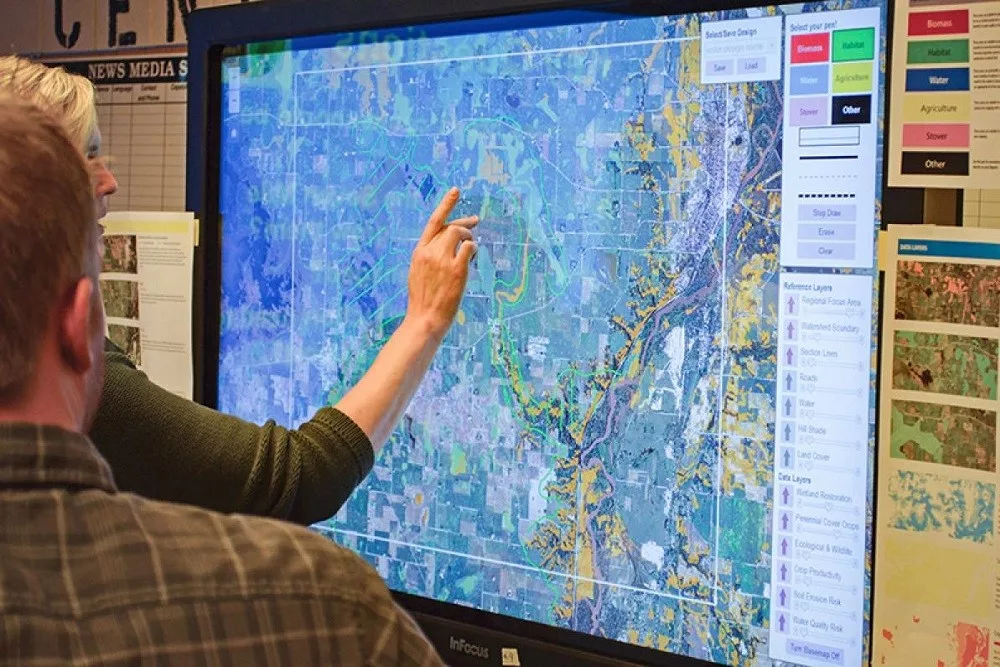
Your browser doesn’t support HTML5 audio
You’ve been hearing a lot lately about Artificial Intelligence—or AI—but many within the ag industry are looking at how to use it to improve and expand production—and save farmers and ag companies millions, if not billions of dollars.
“How we choose and select hybrids is definitely part of that, as well deciding if, where, and when to make a herbicide or insecticide application,” says Brad Fruth, Director of Innovation with Beck’s Hybrids, talking about just a few ways that AI solves farmers’ most critical challenges.
On Wednesday, Fruth was part of a panel discussion hosted by AgriNovus Indiana during their QUADRANT event at VisionLoft Stutz in Indianapolis. The topic of the discussion was the integration of AI with the agbioscience sector.
“The use of artificial intelligence in agriculture is really going to be motivated by driving net farm income and productivity at the farm gate,” says Fruth. “While tools like Chat GPT are fun to play with, what’s really going to impact the farm gate are these tools that are going to be embedded into the hardware and the applications that farmers use every single day.”
As the world’s population is expected to reach 10 billion by 2050, and more farmland acres are taken out of production to be converted into new homes or businesses, farmers are being tasked with producing more with fewer resources and acreage. That’s why Fruth believes that artificial intelligence will likely be a huge part of the innovation that’s being created for the ag industry. That also means that more students and researchers will be encouraged to use AI to help solve many of the problems that exist for today’s farmers.
“The talent pool is very rich here in Indiana,” he says. “While we’re really good at teaching agronomy and how to breed plants, these AI skills are now going to be embedded and there’s going to be a whole new generation of students who are going to come back into agribusiness who are going to further enhance the industry. There are a lot of great resources for students who are motivated and want to work hard, and there are tons of opportunities for them to work all across the ag value chain.”
One such example of AI being introduced into the ag industry is from Terra Force, which is a new agtech company based in Vincennes, Indiana. The company has developed a robotic harvester which uses AI to determine the locations of watermelons and pumpkins in a field, pick them up, and harvests them. Mike Jacob, the Founder and CEO of Terra Force, says AI was used as part of the technology in order to solve the labor challenges facing watermelon and pumpkin producers.
However, Fruth warns farmers of companies that may be trying to sell the idea of AI simply because it’s the latest and flashiest new “buzz word” without much overall benefit for your farm operation.
“Anybody that’s trying to sell you just raw AI is normally trying to sell you ‘Smoke Juice’ or ‘Bugs in a Jug,” says Fruth.
